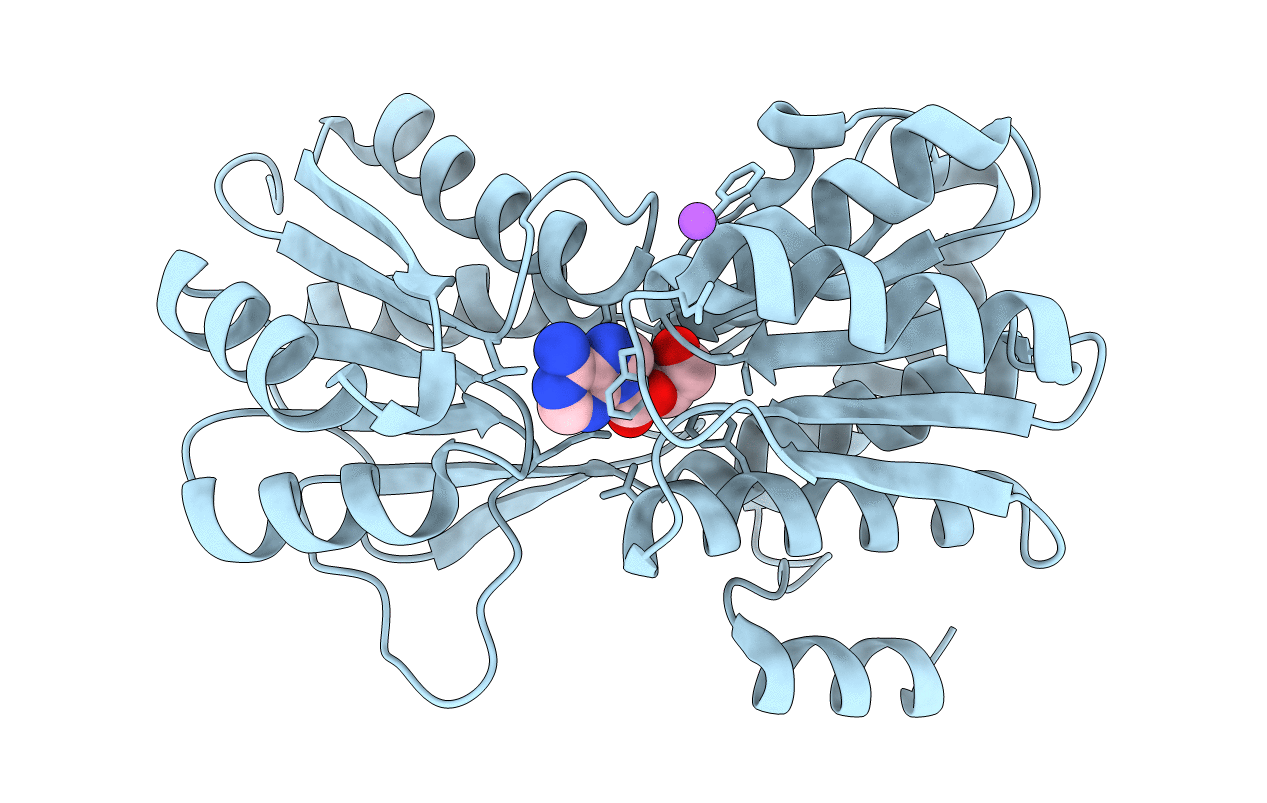
Deposition Date
2019-08-08
Release Date
2020-02-12
Last Version Date
2024-05-15
Entry Detail
PDB ID:
6SHU
Keywords:
Title:
Borrelia burgdorferi BmpD nucleoside binding protein bound to adenosine
Biological Source:
Source Organism:
Borrelia burgdorferi (strain JD1) (Taxon ID: 521008)
Host Organism:
Method Details:
Experimental Method:
Resolution:
1.43 Å
R-Value Free:
0.17
R-Value Work:
0.15
R-Value Observed:
0.15
Space Group:
C 1 2 1


